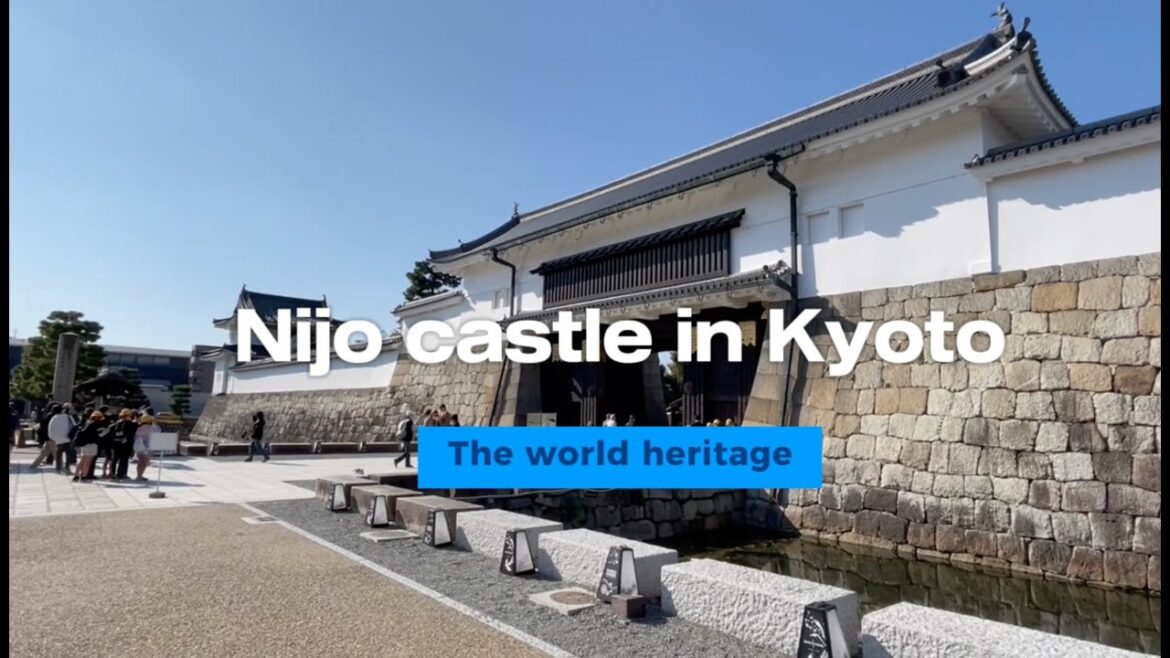Nijo Castle in Kyoto was built in 1603 by Tokugawa Ieyasu, the first shogun of the Edo Shogunate, to protect the Kyoto Imperial Palace where the emperor lived. It was also used as a lodging when the shogun went to Kyoto.
The shogun welcomed the emperor at Nijo Castle. It was also used for meetings with feudal lords from all over Japan. It was the perfect place to display the power of the shogun, and was decorated with splendor.
In 1867, the 15th shogun Yoshinobu expressed his intention to return the power of the shogun family to the emperor at this castle, marking the dawn of modern Japan. After that, it was used as the Emperor’s villa.
Nijo Castle is an important place to commemorate in Japanese history. The Ninomaru Palace, the Ninomaru Garden, the Karamon Gate, etc. are still beautiful after about 400 years. It was registered as a UNESCO World Heritage Site in 1994. Nijo Castle is a valuable historical heritage that has seen the rise and fall of the Tokugawa family and the long history of Japan.

